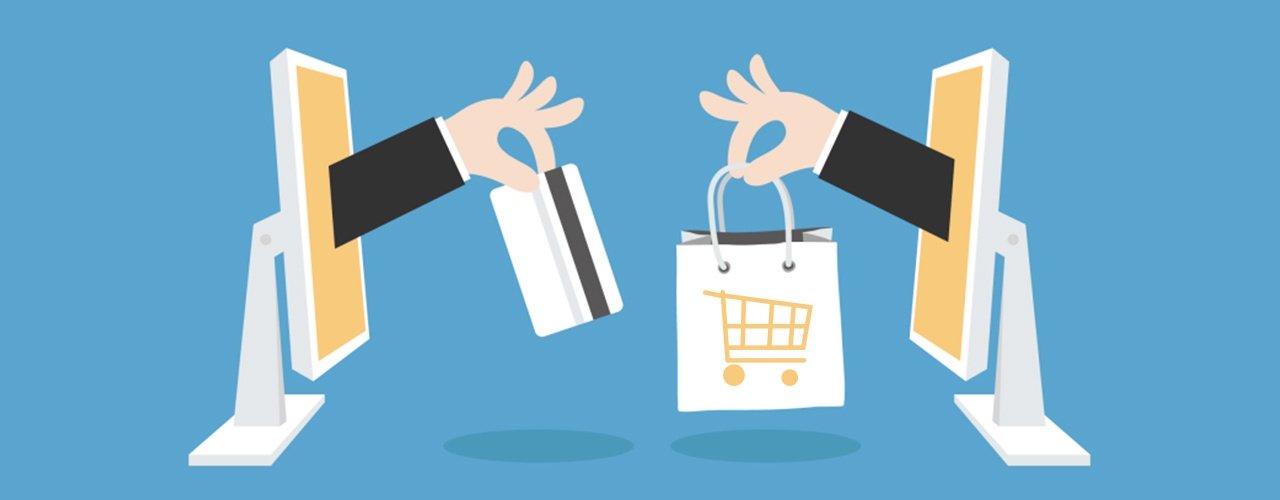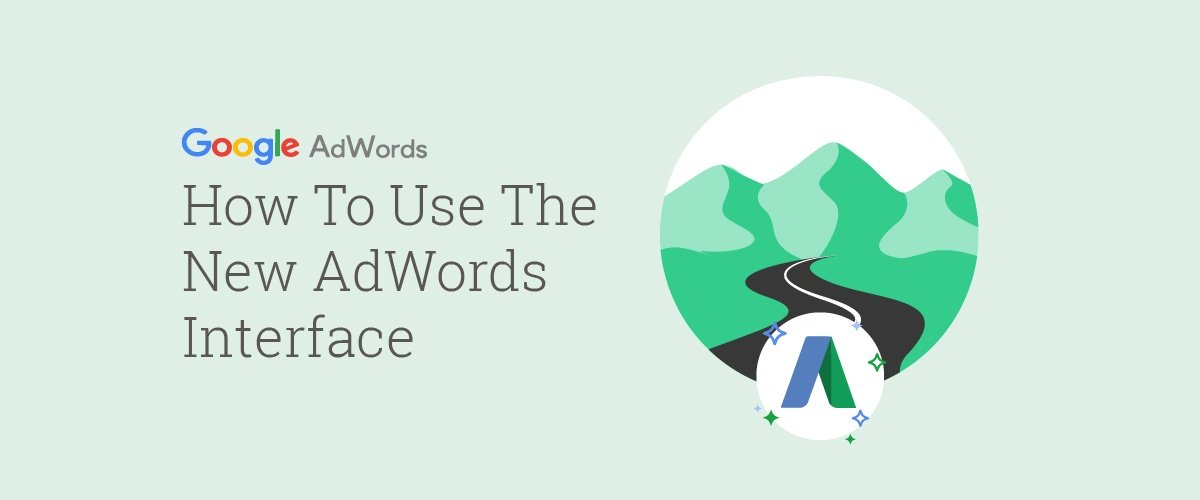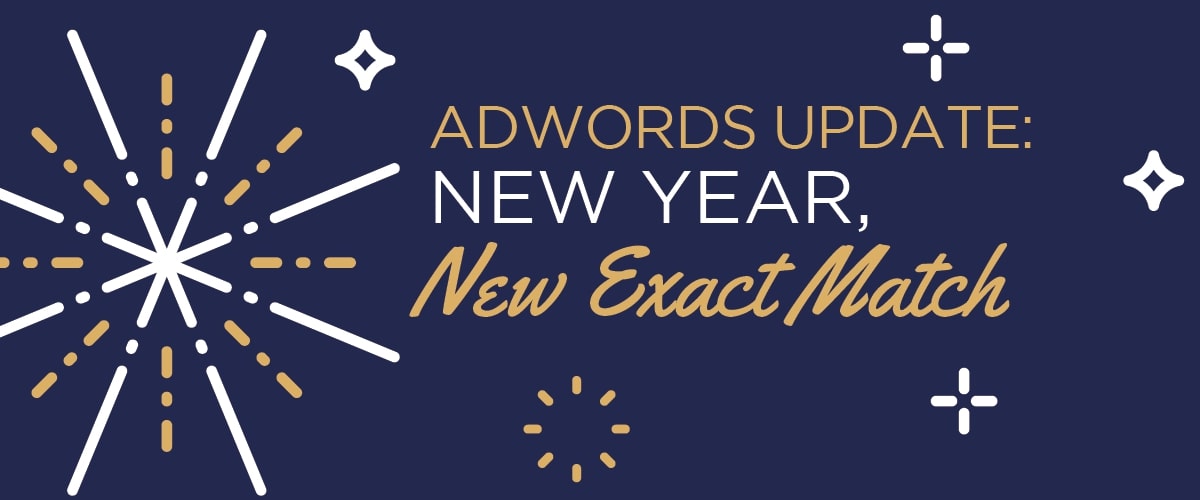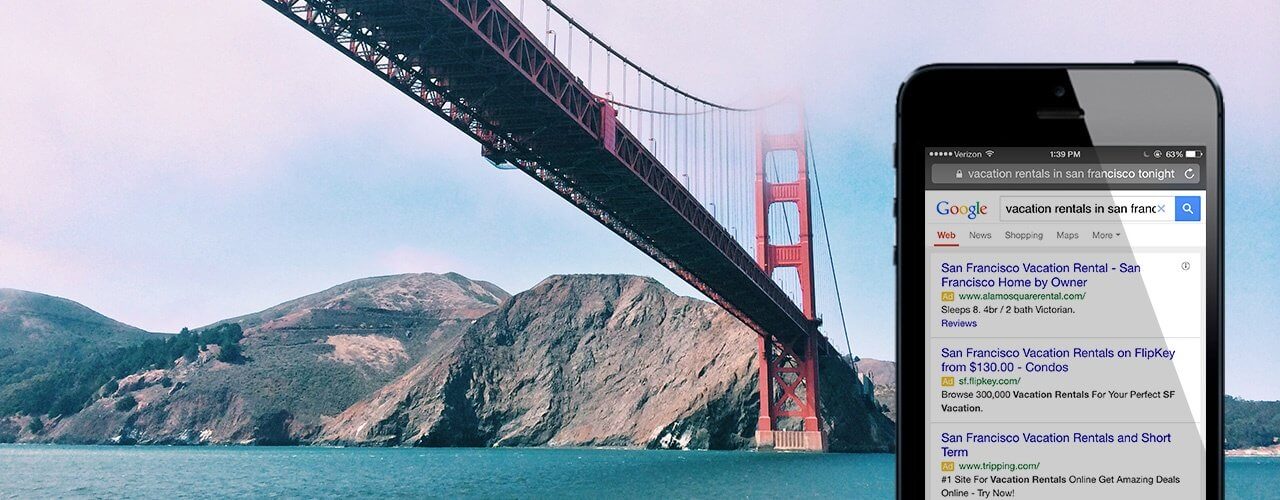Google revealed this week that they will soon be testing a new “Buy” button on Google Shopping ads for select retailers, including Macy’s. It’s a move toward a mobile-supported Google retail platform similar to Amazon, but we also think this could be a pretty great thing for advertisers on it’s own.
A streamlined buying process can improve conversion rates
So many PPC professionals can relate — a non-converting campaign can often be the cause of a website with poor user experience. If a website’s layout is confusing to a potential customer, it can be difficult for that person to convert. The Google update announcing the new “buy” button changes the game for Shopping ads and can provide a great solution to websites suffering from poor user experience.
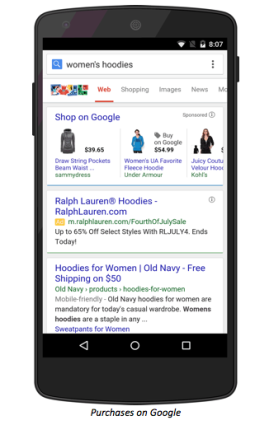
On the new mobile-only platform, users will reach a product page when they click “Buy.” The individual product pages will allow products to speak for themselves, without the interference of poor website design and functionality. The uniform design of Google’s platform in general will likely have less distractions than a retailer’s website, as well as a more streamlined conversion funnel.
Mobile-only functionality will benefit non-responsive sites
For those retailers who got knocked off the organic search results during Mobilegeddon, this new development may actually be a great way to regain some traction. In April, Google’s algorithm update removed businesses who don’t have mobile-friendly sites from their first page organic listings.
The Shopping network is a good solution for retailers to continue to maintain visibility on Google after losing organic standing, but they face the issue of poor conversion rates and low on-site performance without a site that is responsive to the mobile interface.
By taking users to a standard mobile-friendly product page, Google’s new “Buy” button does something to solve this performance problem.
Retailers retain marketing capabilities on the product pages…
Understandably, retailers have been concerned that they will lose out on brand-building opportunities by not bringing traffic to their actual website with the new button. However, advertisers can rest assured that their advertising dollars will be working to build each company’s brand image as well as drive sales.
To work better with retailers, Google has agreed to allow the product pages to be “heavily branded” with company information. Merchants will be able to employ email opt-ins and related marketing tactics on the new pages as well.
…And they don’t have to pay Google a percent (as with Amazon)
When retailers take their products to Amazon, they get some of the same benefits Google will offer with their “Buy” button, such as uniform product pages and accessibility to consumers through one inclusive retail platform. But these benefits come at a price — merchants must pay Amazon a percentage of all goods sold.
However, with Google’s new mobile Shopping platform, advertisers only pay the cost of a click. As Tricia Duryee of GeekWire puts it, this is less a plan to encroach on Amazon’s territory as a retailer and more about maintaining their dominion as an advertising giant.
Advertisers save money with cheap Google Shopping CPCs
And finally, because the “Buy” button will show on Google Shopping ads, the feature will be available at a relatively cheap cost-per-click (CPC). As opposed to Google Search ads, where CPCs can be more expensive, Google Shopping ads cost under $1 for each click.
Google will be testing the potentially new, Google Shopping update over the next few months and if all goes well, releasing it later this year. We’re looking forward to hopefully seeing the new feature roll out soon!
